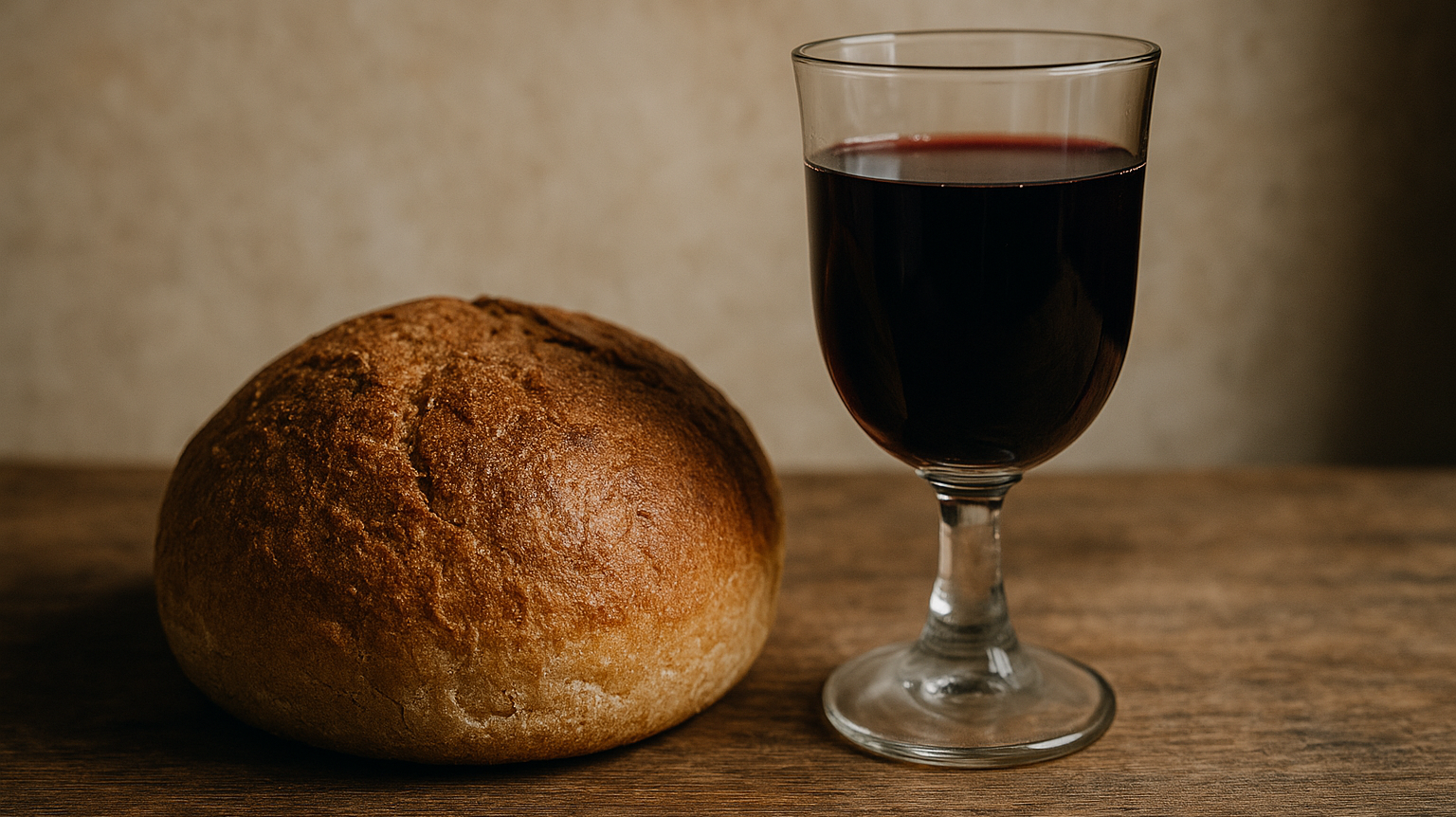The question of whether Jesus had brothers or sisters has been debated for centuries. The Bible does mention “brothers” and “sisters” of Jesus several times, leading to questions about the exact nature of these relationships. Understanding what Scripture says helps us see the human side of Jesus while deepening our appreciation of His divine mission.
Biblical Mentions of Jesus’ Brothers and Sisters
In the Gospel of Matthew, we read a clear reference to Jesus’ family:
“Is not this the carpenter’s son? Is not his mother called Mary? And his brothers James and Joseph and Simon and Judas? And are not all his sisters with us?” — Matthew 13:55–56 (ESV)
This verse names four men as Jesus’ “brothers” and also mentions “sisters,” though not by name. Mark 6:3 repeats almost the same wording, showing that this was well-known in His hometown of Nazareth.
“Is not this the carpenter, the son of Mary and brother of James and Joses and Judas and Simon? And are not his sisters here with us?” — Mark 6:3 (ESV)
At face value, these verses suggest that Jesus had multiple siblings. But interpretations vary among Christian traditions.
The Three Main Views
There are three primary ways Christians have understood these passages throughout history:
| View | Description | Supporting Argument |
|---|---|---|
| Literal Brothers and Sisters | Jesus had younger siblings born to Mary and Joseph after His birth. | Matthew 1:25 says Joseph “did not know her until she had given birth,” implying normal marriage afterward. |
| Step-Siblings (Children of Joseph) | Joseph was a widower with children from a previous marriage. | Early church writers like Epiphanius supported this idea, keeping Mary’s virginity intact. |
| Cousins or Close Relatives | The Greek word “adelphoi” can mean cousins or kin. | Some say the “brothers” were relatives, since extended families lived closely in Jewish culture. |
James, the Brother of Jesus
One of the most well-known figures among Jesus’ “brothers” was James. After Jesus’ resurrection, James became a leader in the Jerusalem church. Paul mentions him directly:
“But I saw none of the other apostles except James, the Lord’s brother.” — Galatians 1:19 (ESV)
James’ faith and leadership lend weight to the family connection, whether literal or not. His example also shows how those closest to Jesus came to believe in Him after the resurrection.
Mary’s Role and Perpetual Virginity
The question of Jesus’ siblings also connects to beliefs about Mary. Many Protestant Christians accept that Mary had other children, while Roman Catholic and Orthodox traditions teach the Perpetual Virginity of Mary, meaning she remained a virgin her entire life.
This view holds that the “brothers” and “sisters” were either Joseph’s children or close relatives. While Scripture doesn’t explicitly resolve this, both perspectives agree on Mary’s obedience and devotion to God.
“Behold, I am the servant of the Lord; let it be to me according to your word.” — Luke 1:38 (ESV)
Her faith and humility made her a vessel for God’s greatest gift — the birth of the Savior.
Theological Meaning
Whether Jesus’ siblings were biological or extended family, the deeper truth remains: Jesus entered a real human family. He grew up in a home with parents, relatives, and the daily rhythm of ordinary life. This helps us see how He fully shared in our humanity while remaining the Son of God.
“For we do not have a high priest who is unable to sympathize with our weaknesses, but one who in every respect has been tempted as we are, yet without sin.” — Hebrews 4:15 (ESV)
Jesus understands family life — with all its joys, tensions, and responsibilities. His story reminds us that holiness can be lived out in everyday relationships.
























